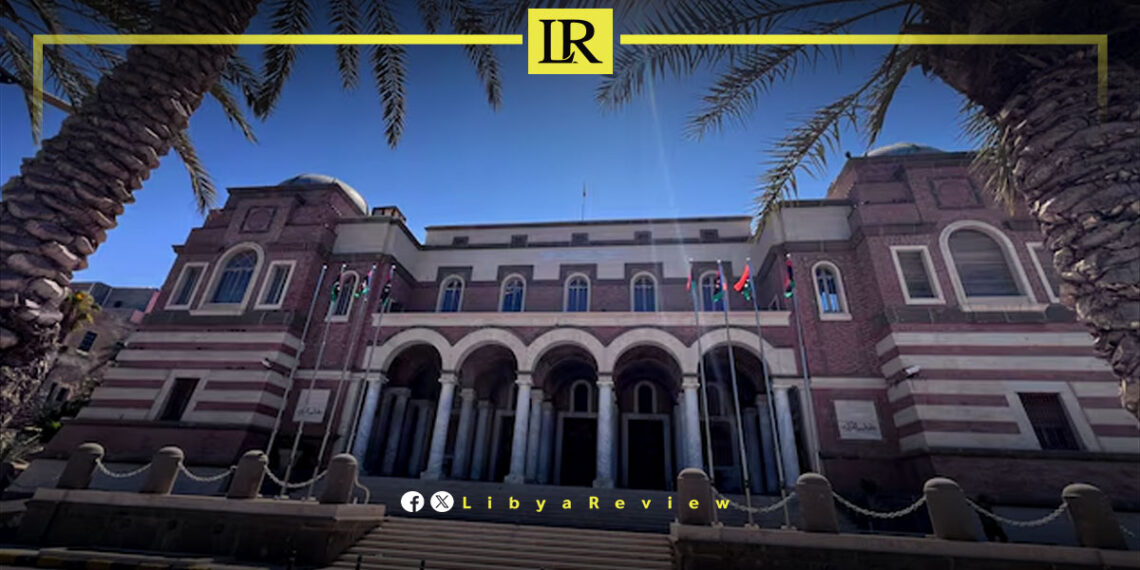Libya’s Central Bank announced that the country’s oil revenues reached 79.4 billion Libyan dinars ($14.65 billion) during the first nine months of 2025, highlighting the continued dominance of hydrocarbons in the national economy.
According to the Bank’s financial report released on Wednesday, total public revenues stood at 94.6 billion dinars, while total government expenditure amounted to 86.2 billion dinars for the same period. The data underline Libya’s heavy reliance on oil income, which remains the primary source of state revenue.
Oil sales alone accounted for 79.4 billion dinars, with royalties contributing an additional 13.4 billion dinars. Non-oil income remained comparatively low, as tax revenues totaled 1 billion dinars, customs duties reached 136 million dinars, and telecommunications revenues amounted to 51.4 million dinars. Other miscellaneous income sources generated 619 million dinars, while no revenue was recorded from domestic fuel sales.
On the expenditure side, the report showed that wages and salaries (Chapter I) made up the largest share of public spending, reaching 51 billion dinars, or nearly 60% of total expenditure. Subsidies (Chapter IV) followed with 29.5 billion dinars, while operational expenses (Chapter II) totaled 4 billion dinars, and development spending (Chapter III) stood at 1.7 billion dinars. No expenditures were reported under the emergency budget (Chapter V).
The Central Bank clarified that operational expenses include salaries for certain agencies and public institutions not classified under Chapter I. Meanwhile, the subsidy category also encompasses wage payments for state-owned companies, child and spouse allowances, and fuel subsidies.
Despite the solid oil income, Libya continues to face structural fiscal challenges due to its oversized public sector and limited economic diversification.


